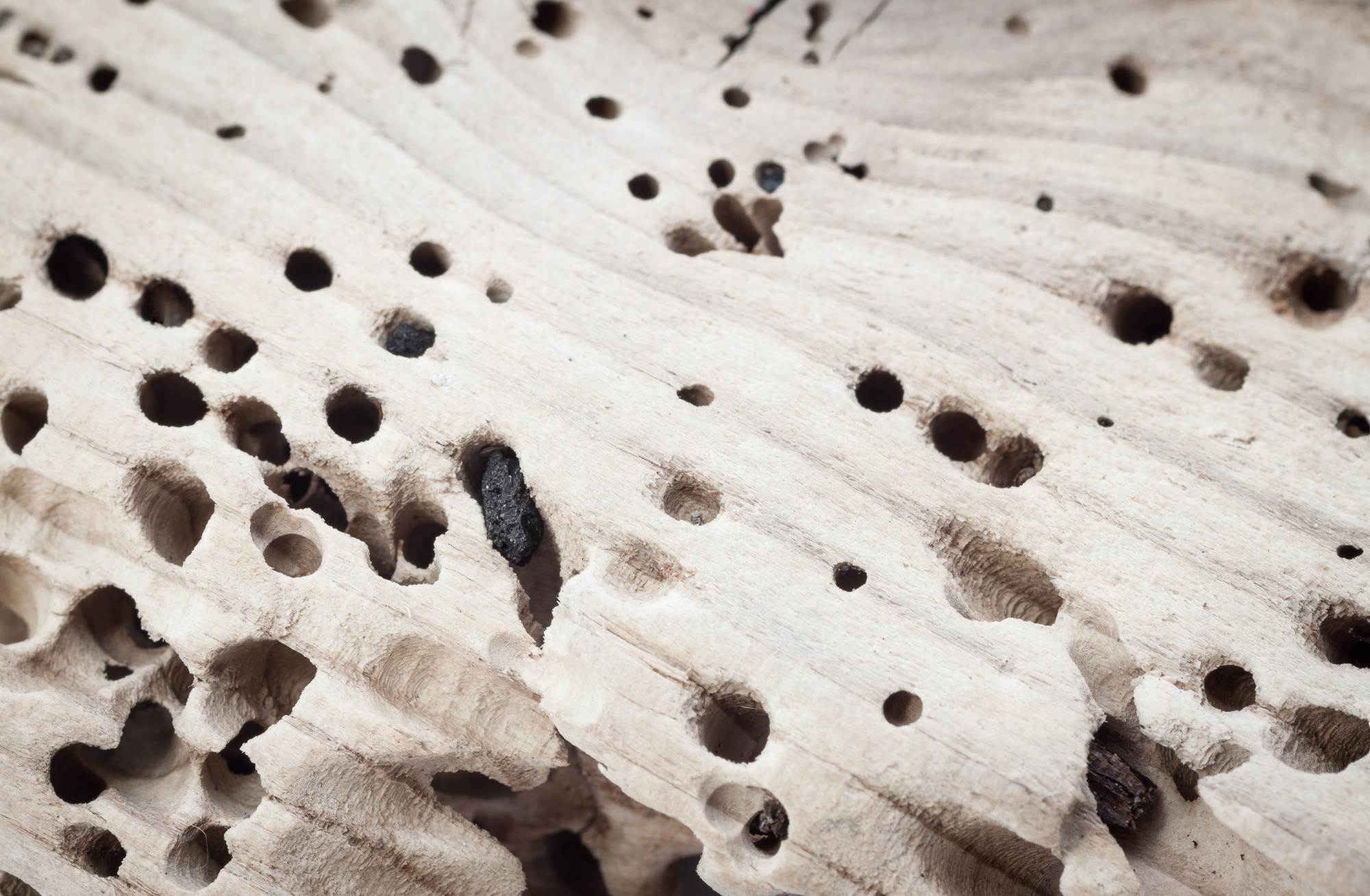You Under a Hot Tin Roof: Facts to Know about Metal Roofing

If you’re a homeowner, chances are you’ve thought about the eventual costs of replacing your roof. The average asphalt shingle has a warranty of 25 years, which means you’ll likely be doing a major overhaul during your homeownership.
A roof replacement can cost as much as $15,000 or more, depending on your roofing materials and home size. Those costs can rise if your new roof suffers damage from storms or natural disasters.
That’s why it pays to think outside of the box and consider alternatives like metal roofing. If you’re unfamiliar with metal roofs and why they might be a superior choice for your roof replacement, read on!
Superior Weather Durability
Metal roofing is the ideal choice for weather resistance. Unlike shingles that can be torn and blown away in high winds, metal roofs can withstand the storm. They also offer superior protection from ice dams and hail. Snow slides easily from metal roofing, reducing heavy loads that can build up on roofs in severe snowstorms.
Metal has the highest fire resistance rating of any roofing material. They also reflect the sun instead of absorbing it. Metal roofing does not rot, shrivel, expand, or crack due to harsh temperature fluctuations.
There is a persistent myth that metal roofing has a higher likelihood of being struck by lightning. In fact, should this type of roof suffer a lightning strike, it is far less likely to suffer damage.
Even when ungrounded, electricity will spread and dissipate over the large metal surface. Shingles and other roofing materials can melt, or even catch fire.
Green and Sustainable
Steel roofing contains significant recycled material and is itself completely recyclable. No matter how many times steel is recycled, it retains the same strength and durability. Companies like ecoMetals Metal Roofing use 100% recycled materials in their sustainable roofing.
Easy to insulate, metal roofs offer low energy bills and a lower carbon footprint. Light-colored, reflective roofs can bounce heat away from your home and keep the interior cool for less.
Should you want to replace your roof, metal versions can be installed directly over your existing roof structure. You won’t pay to haul old shingles away or add more trash to the landfill.
For homeowners looking for LEED-certified housing improvements, metal roofing is a perfect choice. Metal roofing is used by LEED-certified builders due to their high solar reflective index, low slope, and other eco-friendly characteristics.
This style of roofing is ideal for water runoff collection, solar panel installation, and low atmospheric impact due to “cool roofing.”
Economical Lifetime Costs
Though the initial installation can run at a higher average than asphalt, the total cost of metal roof ownership over time is a very affordable alternative. Metal roofs typically carry long warranties, as they are designed to last for 50 years or more.
Maintenance and repair of metal roofing are minimal. You won’t have to deal with rot, decay, broken shingles, weather damage, or any other common problems associated with traditional roof construction. Metal is also cheaper than other “premium” roofing materials like slate or tile, and never needs repainting.
Couple that with the significant energy savings and the double lifespan of metal roofs, and your decision to go steel or aluminum will pay for itself twice over. Your neighbors may very well replace their cedar shake, asphalt, or tile roof several times during the life of your metal one.
Metal Roofing: The Superior Material
If you picture ugly, corrugated tin when you think of metal roofing, think again. Gone are the days of drab, rusty barns as the only example. Today’s durable metal roof industry comes in a variety of beautiful colors and finishes to fit any aesthetic.
Metal roofs can help break the cycle of fragile, disposable, environmentally harmful construction materials. Why not install a roof built to last for the life of your home?
Not sure if it’s time to replace your old roof? Check out our guide on how to tell if you need a new one.



